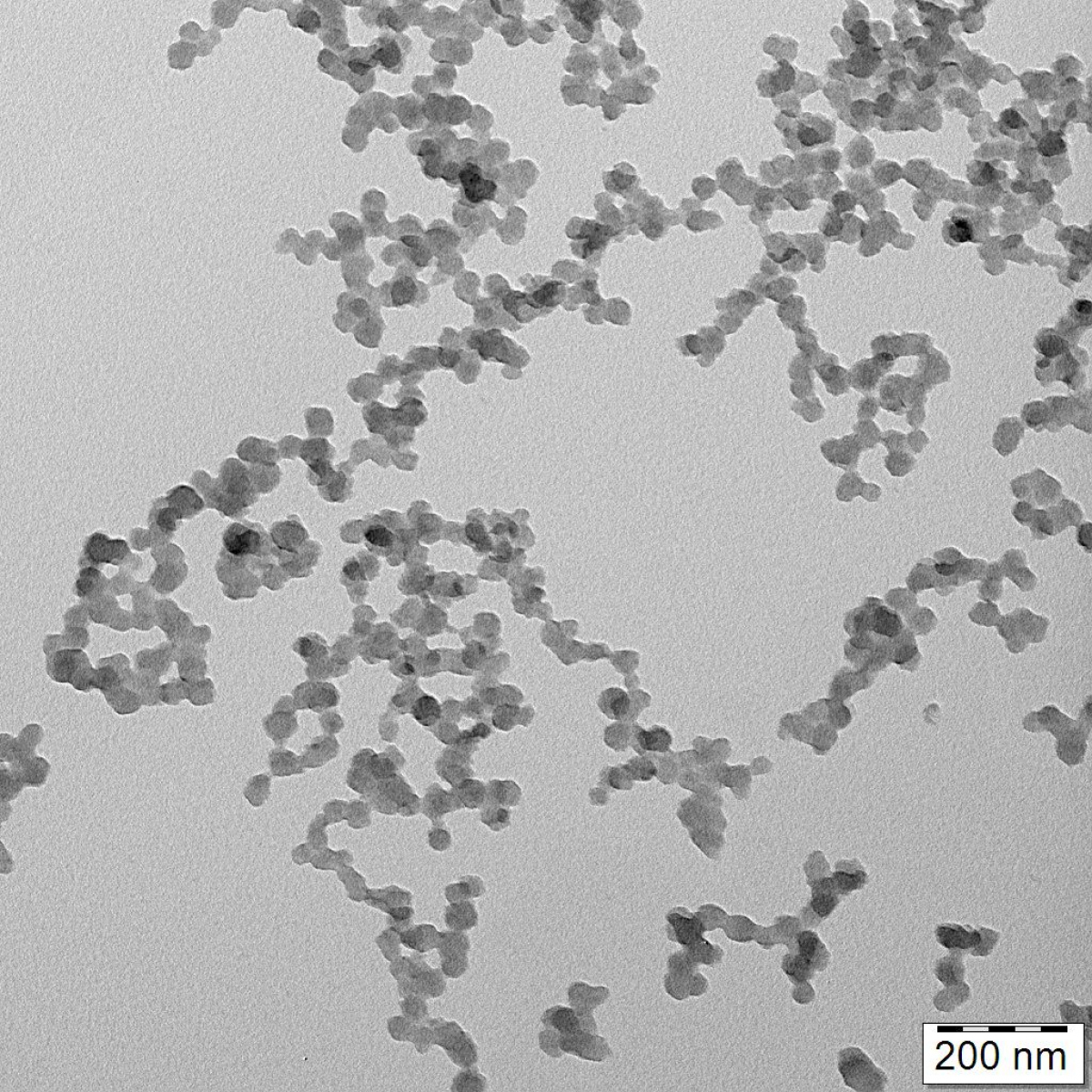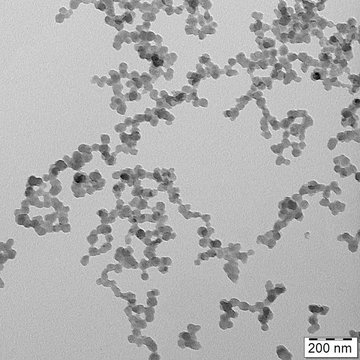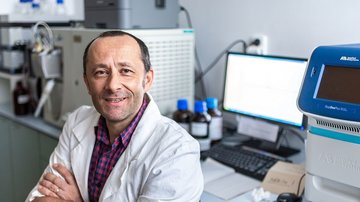About us
The research program is focused on the development of new types of polymer, colloid and hybrid polymer-colloid delivery systems of various therapeutics and contrast agents for the treatment and diagnosis of serious human diseases. Special attention is paid to the controlled synthesis and detailed physicochemical characterization of biocompatible carriers of variable size, composition and morphology with regard to their biological and biophysical properties in vivo. Modern synthetic, polymerization and bioconjugation processes as well as sophisticated analytical and instrumental techniques leading to the preparation of highly defined tailored materials are used throughout the research.
One of the research goals is to stimulate the immune system with protein, peptide or gene-encoded antigens and synthetic adjuvants, all conjugated to a hydrophilic, micellar or nanoparticle-forming polymer carrier. These delivery platforms provide immunotherapeutics with higher solubility in body fluids, more effective interaction with immune system cells, and long-lasting effect. The influence of the composition and architecture of the polymer carrier or the type, density and method of conjugation of immunotherapeutics is studied with respect to the immunological properties of the conjugates in vivo. Such macromolecular vaccines can be applicable in the prophylaxis of infectious diseases or in the immunotherapy of cancers.

Next goal includes using of long-circulating 31P/1H-MRI contrast agents based on water-soluble phosphorous polymer-paramagnetic ion conjugates and hybrid maghemite-phosphorous polymer nanoparticles intended for the direct visualization of organs, tissues (including tumors) and cells. The effects of the composition and architecture of the polymer carrier and methods of their conjugation with paramagnetic ion or superparamagnetic nanoparticles are studied with respect to their MRI detectability in vitro and in vivo.
Another part of the research is devoted to the development of contrast agents for photoacoustic imaging based on surface-modified polypyrrole nanoparticles and core-shell nanoparticles with superhydrophobic cores with low refractive index. The particles are designed to generate the photoacoustic signals directly by their matrices or by a special NIR-absorbing dye immobilized in a superhydrophobic core.

Potential For Collaboration
Due to the multidisciplinary nature of the work of our scientific group, cooperation with external workplaces that have knowledge and equipment in biological, medical and biophysical fields is very welcome. In the past, we have established close cooperation with many national and foreign scientific teams from both the academic or commercial area, such as Experimental MR laboratory, IKEM, led by Assoc. Prof. D. Jirák; Environmental electron microscopy department, ISI CAS, led by Dr. V. Neděla; Department of neuroregeneration, IEM CAS, led by Assoc. Prof. P. Jendelová; Laboratory of Immunotherapy, IMIC CAS led by Dr. L. Vannucci; Department of Oncology, University of Oxford, UK, led by Prof. L. Seymour; Cellular immunology section, NIAID, NIH, USA, led by Dr. R. Seder and Avidea Technologies, led by Dr. G. Lynn.
However, we are fully open to cooperation with new partners to whom we can offer our deep knowledge in the field of organic, polymer and colloid synthesis, bioconjugate chemistry and physical chemistry of macromolecules. Based on our extensive expertise in these areas, summarized in many publications and patents, we are ready to offer our polymer- or colloid-based platforms for the delivery of various types of biologically active molecules or contrast agents with the aim to prolong their circulation in the body, improve their solubility in body fluids, reduce their side effects and allow their controlled release and activation at sites of action, or to improve their persistence and visibility in the internal body structures, respectively.




